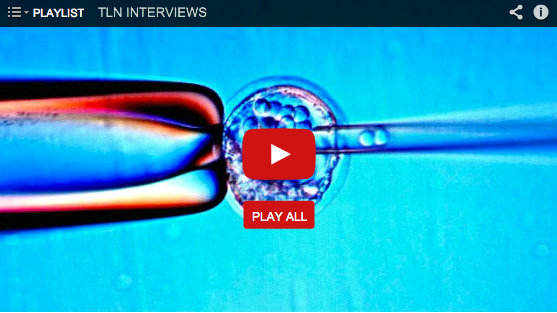About spinal cord injury
Spinal cord injury (SCI) occurs when the spinal cord becomes damaged, most commonly, when motor vehicle accidents, falls, acts of violence, or sporting accidents fracture vertebrae and crush or transect the spinal cord.Damage to the spinal cord usually results in impairments or loss of muscle movement, muscle control, sensation and body system control.
Can stem cells help spinal cord injury?
Presently, post-accident care for those who suffer spinal cord injuries focuses on extensive physical therapy, occupational therapy, and other rehabilitation therapies; teaching the injured person how to cope with their disability.
A number of published papers and case studies support the feasibility of treating spinal cord injury with allogeneic human umbilical cord tissue-derived stem cells and autologous bone marrow-derived stem cells.
Feasibility of combination allogeneic stem cell therapy for spinal cord injury: a case report co-authored by Stem Cell Institute Founder Dr. Neil Riordan references many of them. Published improvements include improved ASIA scores, improved bladder and/or bowel function, recovered sexual function, and increased muscle control.
Which types of stem cells does the Stem Cell Institute use for spinal cord injury and how are they collected?
The adult stem cells used in spinal cord injury investigational treatments at the Stem Cell Institute come from two sources: the subject’s own bone marrow (autologous mesenchymal and CD34+) and human umbilical cord tissue (allogeneic mesenchymal).
A licensed anesthesiologist harvests bone marrow from both hips under light general anesthesia in a hospital operating room. This procedure takes about 1 1/2 – 2 hours. Before they are administered to the subject, these bone marrow-derived stem cells must pass testing for quality, bacterial contamination (aerobic and anaerobic) and endotoxin.
All donated umbilical cords are screened for viruses and bacteria to International Blood Bank Standards.
How do the physicians administer these stem cells?
Our stem cell clinical protocol for spinal cord injury calls for a total of 16 injections over the course of 4 weeks.
The bone marrow-derived and umbilical cord tissue-derived stem cells are both administered intravenously by a licensed physician.
They are also injected intrathecally (into the spinal fluid) by an experienced anesthesiologist. Intrathecal injection enables the stem cells to bypass the blood-brain barrier and migrate to the injury site within the spinal canal.
Investigational stem cell treatment for spinal cord injury: clinical protocol
Below is an example of an investigational treatment schedule for spinal cord injury. Our investigative protocol for spinal cord injury has been reviewed by the National Committee and has been conditionally approved. We expect non-conditional approval in the coming weeks.
- Length approximately 4 weeks
- The first two days: medical evaluation, blood testing, and bone marrow collection
- 8 intrathecal (spinal canal) injections of expanded umbilical cord tissue-derived stem cells (2 per week)
- 4 intravenous injections (IV) expanded umbilical cord tissue-derived stem cells (1 per week)
- 2 intrathecal (lumbar puncture) injections of bone marrow-derived stem cells (during final week)
- 2 intravenous injections (IV) bone marrow-derived stem cells* (during final week)
- 19 physical therapy sessions (throughout stay)
- Medical consultation for hormone evaluation
- StemKine supplement (only after medical evaluation in Panama)
How do you follow-up with subjects after they return home?
Proper follow-up is essential for us to monitor your condition. It also helps us evaluate safety, treatment efficacy and improve our investigational treatment protocols based on reported outcomes over time.
Therefore, one of our medical staff will be contacting you at the following intervals: 1 month, 3 months, 6 months, and 1 year.
Do you have any subjects who would be willing to speak with me about their experiences at the Stem Cell Institute?
Yes, we do. Several of our spinal cord injury subjects currently volunteer to speak with prospective subjects. Your international coordinator will be happy to put you in touch with them once your evaluation has been completed.
We’ve also published written testimonials, news articles and videos from our spinal cord injury subjects. Please take a look!
How do I request more information?
You may contact us by telephone 1 (800) 980-STEM (toll-free in US) and 1 (954) 358-3382.
To find out if you are eligible, apply today:
To apply for an investigational stem cell treatment, please complete this Application Form.


